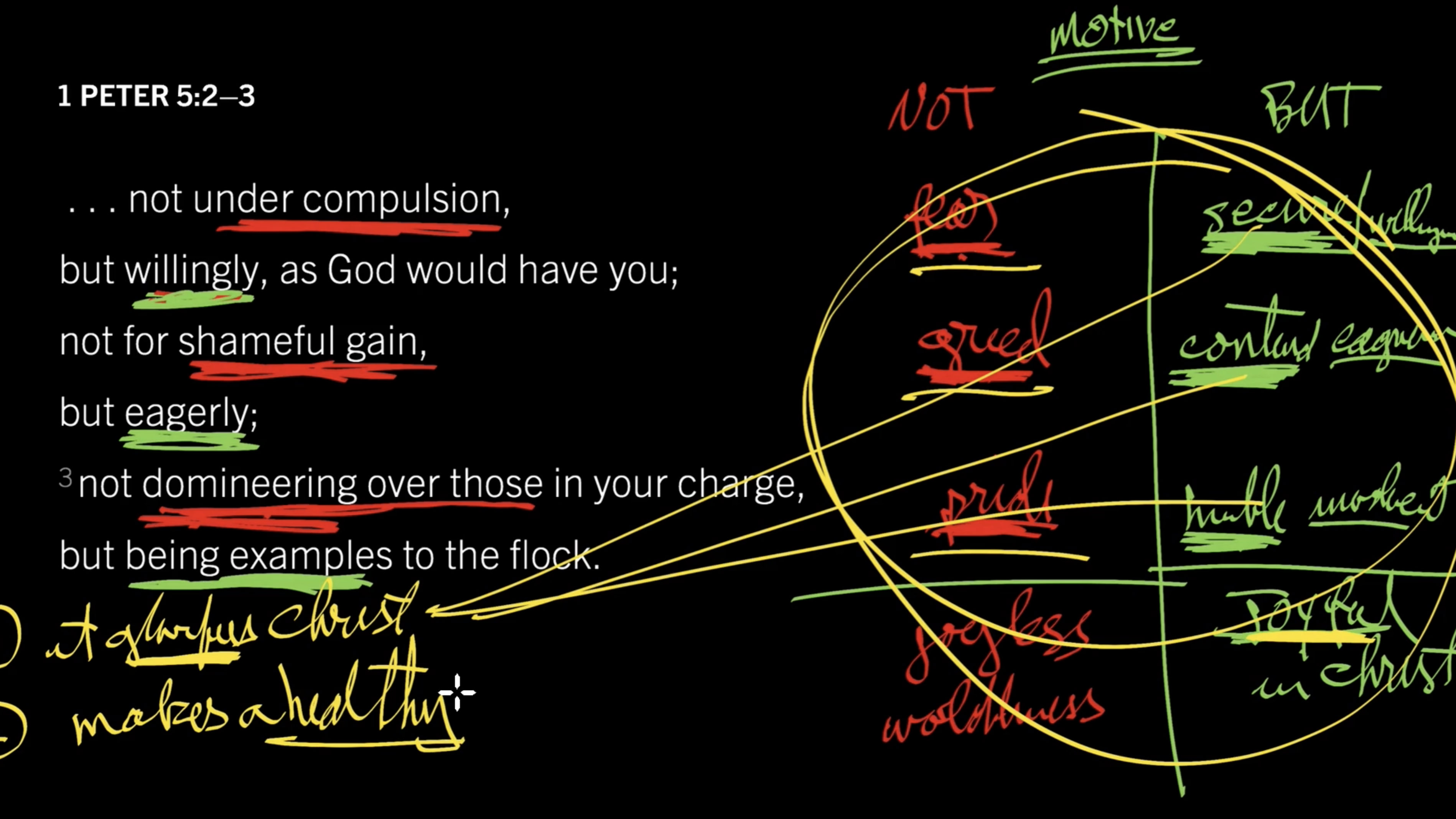

Look at the bottom consensus sequence, and make sure to remove all gaps from your sequences. Double click on the contig and press Bases. Under assembly parameters, change the minimum match percentage to 75% and then press Assemble Automatically. Highlight all the names of your sequences. Import the fasta file that you just exported. Save your project on Sequencher and name it something meaningful. In the Export Subproject box, beside Export Location press Browse to find your file. Once you have gone through all the sequences to look at the contigs individually, go to File > Export > Selection as a subproject. When you are done, close the sequence and go onto the next sequence at the very bottom of the list. Change it to N if you cannot determine which one it should be.ġ7. means that there is a conflict in what the two sides think the base pair is.+ means that there is a base call only from one side, and the other side has an N there.Double click the contig at the very bottom, press the box “Bases” and then “show chromatogram” (you may have to click that one twice). Start at the bottom of the list of contigs. This way, every time you edit a sequence it places it at the top. Highlight all the contigs, go View > Sort/cleanup > by Date. Look at the sequences that are not in a contig, and determine if you should delete them because of too many Ns or other problems. Press the box “Auto Assembly by Name” and in the Assembly Preview press Assemble. Press the box “Assembly Parameters” and change the minimum match percentage to 90, and check the box beside Enable. Highlight both contigs and go to Contig > Dissolve contig and press OK. To return to the main screen, press the inner x. When you return to the main screen you will find it outside of the contig, and you can delete it there by highlighting it and pressing the trashcan icon. If you find bad sequences in either the reverse or the forward that you want to delete because of too many Ns or other problems, click on the name of the bad sequence and go to Contig > Remove selected sequence and then press “Remove”. VFr1d sequence-(INSERT SEQUENCE HERE) Folmer sequence-TGATTTTTTGGTCACCCTGAAGTTTA 12. Lep sequence-ATTTGAAGACCTACAGGTTTTTTAGT→ C_Fish will have either:įishR2 sequence-TTCTGATTCTTCTTCGGTCACCCTGAA. so if the reverse primer is ATGC then you will find GCAT at the end of your sequence). That means that at the right end of the forward sequence, you will find the reverse primer complimented and backwards (eg. Go to the far right and find the compliment of the reverse primer at the very end. Go to the very end, at the far right, of the sequences and delete on the consensus sequence where there are many Ns. When you have located the primer, highlight it on the consensus sequence at the bottom and press the Delete key. VF2 ←TCAACCAACCACAAAGACATTGGCAC-sequence FishF2 ←TCGACTAATCATAAAGATATCGGCAC-sequence Folmer ←GGTCAACAAATCATAAAGATATTGG-sequence 10. Lep ←ATTCAACCAATCATAAAGATATTGG-sequence C_Fish will have either: You will find the primer around about 50bp. For the reverse direction, you need to find the forward primer (eg Lep F, FishF2) and delete it off the beginning of the sequence (farthest to the left side of the screen). Click on “Bases” and maximize the screen. Double click on the reverse contig to open it.You should now have two contigs, one that has all the reverse sequences, and another with all the forward sequences.Highlight all the forward sequences and press the box “Assemble Automatically”.If you double click on the contig, you should now see a lot of red lines. Click on the contig that you have just created to highlight it. Then press the box “Assemble Automatically” and when you get a message about assembly completed, press Close. Select the box “Assembly parameters” Move the minimum match percentage to 75 and press OK. Highlight all the reverse sequences (click and drag the mouse).Click on "comments" next to separate the forward from the reverse.There will be a warning message asking if you really want to delete the sequences, select "Throw them away". Press the trash can icon at the top of the screen to delete them. In the white space beside the files you want to delete click and drag your mouse to highlight the sequences that are short. Any files that contain less than 550bp should be deleted. Click on "Size" at the top of the screen to sort by size. You should now see the names of all of your trace files.Press OK, and when the warning box comes up press Import all files in folder.

Under File > Import > Folder of sequences (find the name of the folder that contains only the.Then click on "Type" and it will separate the. Demo mode does not allow you to save or export anything, making it rather useless. NOTE: Before you begin to edit your sequences, make sure that you are NOT running in DEMO mode.


 0 kommentar(er)
0 kommentar(er)
